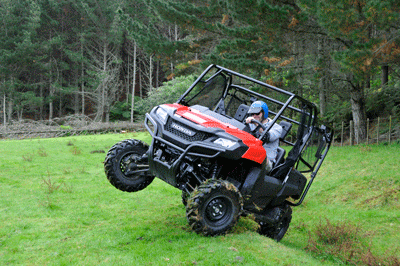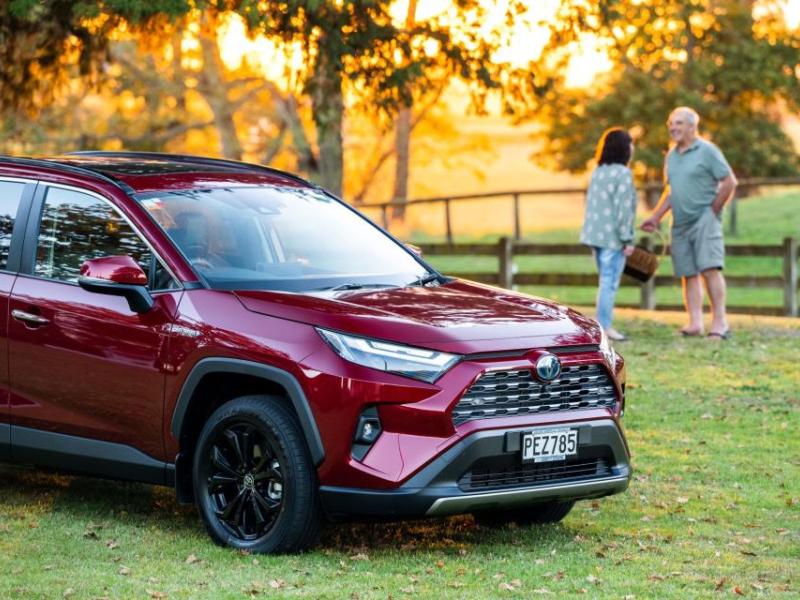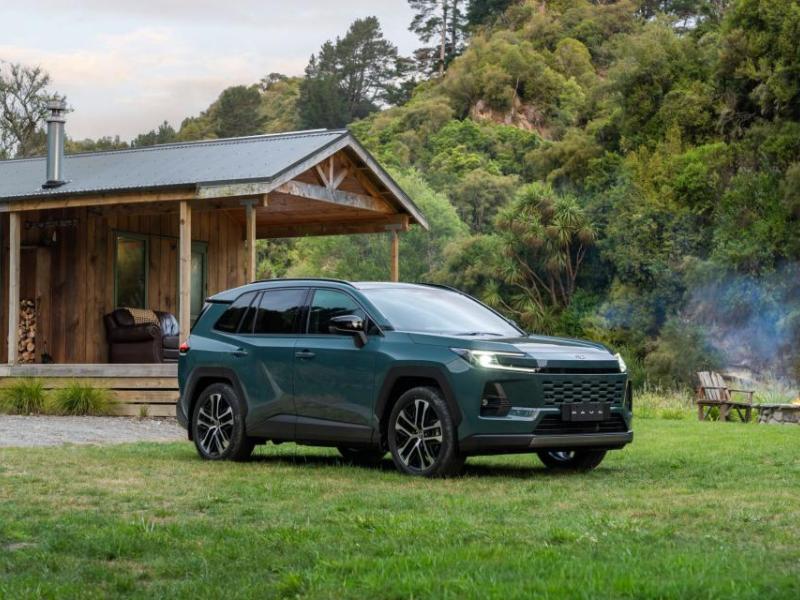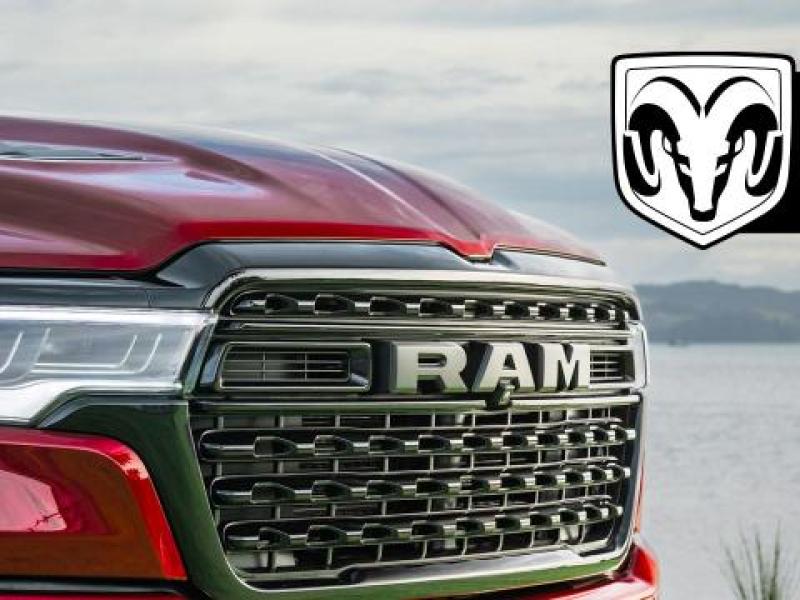What do you get when you cross Mad Max, the General Lee, a ute and a quad? This.
If Mad Max got tired of eking out an existence in a violent, post-apocalyptic wasteland and took up farming, he would get himself a vehicle like this. Or if Bo and Luke Duke took a break from charging around Hazzard County to start a new life on the land and picked up one of these they wouldn’t be disappointed.
The four-seater Honda Pioneer 700-4, with its full-size black roll cage, steering guard, mesh side covers, visible axles and suspension, angular front styling and aggressive tyres, is a serious-looking little beast that will have you smiling stupidly. Pitched by Honda as both a working tool and a recreational plaything – although not really a racer – the new, US-built side-by-side heralds a potential change in the farming and maybe even the four-wheeling landscape of this fine country.
The search for the perfect agricultural or recreational off-road vehicle will probably go on for ever. Quads, utes, wagons, side-by-side vehicles and horses all have their place on the farms of this country, and what you use will come down to what best suits your needs and property. The side-by-side is the most recent player in this arena, and is well worth considering.
Soon after it was introduced in 1948 as a post-war stop gap for Rover, the original Land Rover Series I became massively popular with agricultural users. It was a nimble and versatile workhorse that could access virtually any land and perform virtually any task. Full-size utes and other 4WDs, which have all become larger over the years, have their obvious benefits, as do quads. But the side-by-side offers immense mobility, traction, rollover safety and admirable load carrying and towing, much like the original Land Rover. They’re also an engaging drive. In fact, when I last tested them in Wales a few years back I wrote: “This is back to basics 4WD versus ground and it’s a heck of a lot of fun”; after farm-testing the new Pioneer, I’ll certainly stick to that claim.
These capable vehicles are fantastic to operate. They can cope with boggy terrain that would have most 4WDs looking a bit worried – a side-by-side doesn’t weigh a lot, and therefore has a light footprint; even wet grass and thick mud are overcome with relative ease. Power to weight ratio is excellent, and if you need to get around the property with anything from fence posts, firewood, dogs, a couple of sheep, three people to chainsaws and firewood, no matter what the conditions or terrain, then one of these will arguably serve you better than a quad. And as long as you don’t need to carry a much bigger load, it will offer a different kind of practicality from a larger ute. For around $22,000, a Pioneer is a pretty good value option considering all it can do.
To be fair, though, a side-by-side probably isn’t going to replace a 4WD ute for some purposes, and the comparison isn’t particularly valid – load carrying, while excellent for a vehicle this size, is 454kg, half that of a ute, with towing at 680kg, well below a ute’s three tonnes – although the Pioneer can tow more than it weighs. This is, however, a considerably higher load capacity and towing ability than a quad, again showing the versatility of these machines.
The side-by-side offers greater mobility than a full-size ute and certainly has its place, particularly if you’re looking for an alternative to a quad, as many farmers are doing after a spate of deaths and injuries. A side-by-side provides added safety in the form of the roll cage, doors, mesh covers and three-point seatbelts, and like a quad has a low centre of gravity and narrow track width relative to its length. I reckon it won’t be long before they’re used by most farmers in NZ. Often referred to overseas as all-terrain pick-ups (ATP), they’re eminently practical and hugely flexible. The Pioneer offers a tipper tray, seating for up to four people and four locked driving wheels. We’re also starting to see them becoming more popular as off-road racing vehicles, as you can see from our ORANZ Championship story in this issue. But the real market for them is with the likes of farmers and other commercial operators, who will no doubt appreciate the benefits of this off-road ‘mini ute ‘.
I took the Pioneer for a full-tilt blast around a damp, sloping paddock, and with Ashley Lucas’s snug 1970s helmet pressing against my ears it sounded like the Hazzard boys’ 1969 Dodge Charger, the General Lee. Far from sporting a V8 but weighing considerably less, the one cylinder four-stroke 675cc petrol engine in the Honda has a surprisingly satisfying, throaty sound, and speeding around with wild abandon was the highlight of my week…
For the full story, see the June issue of NZ4WD







